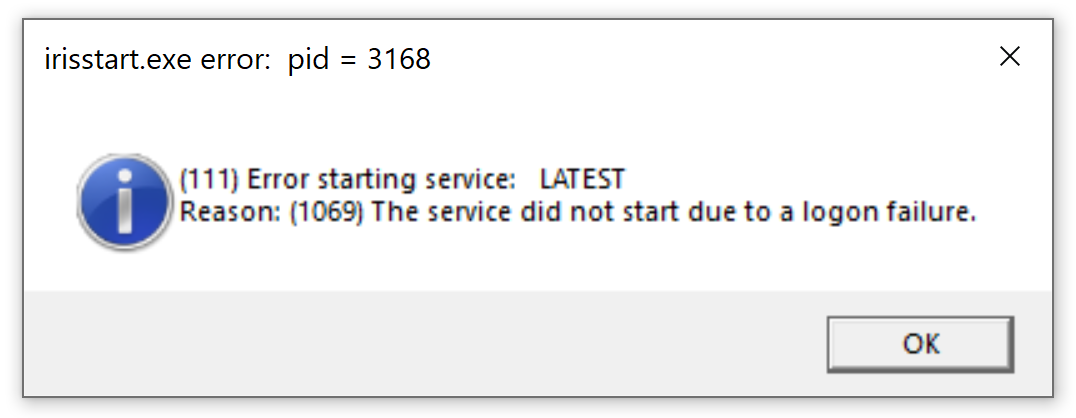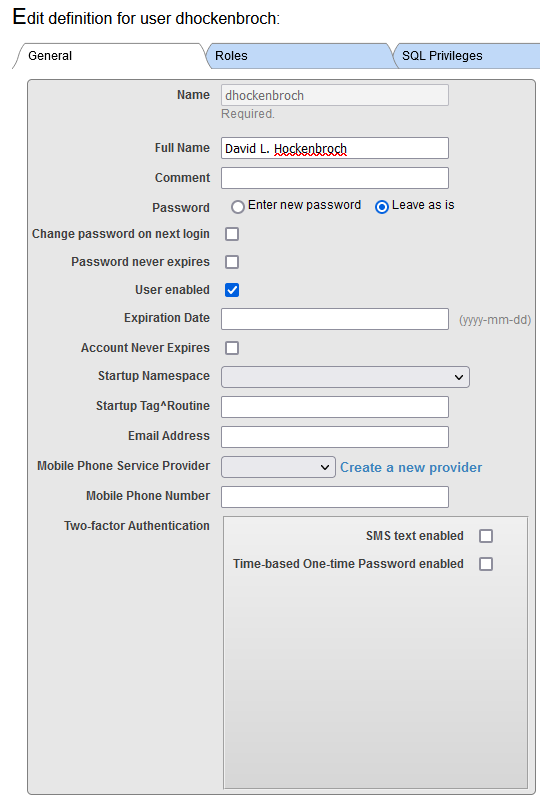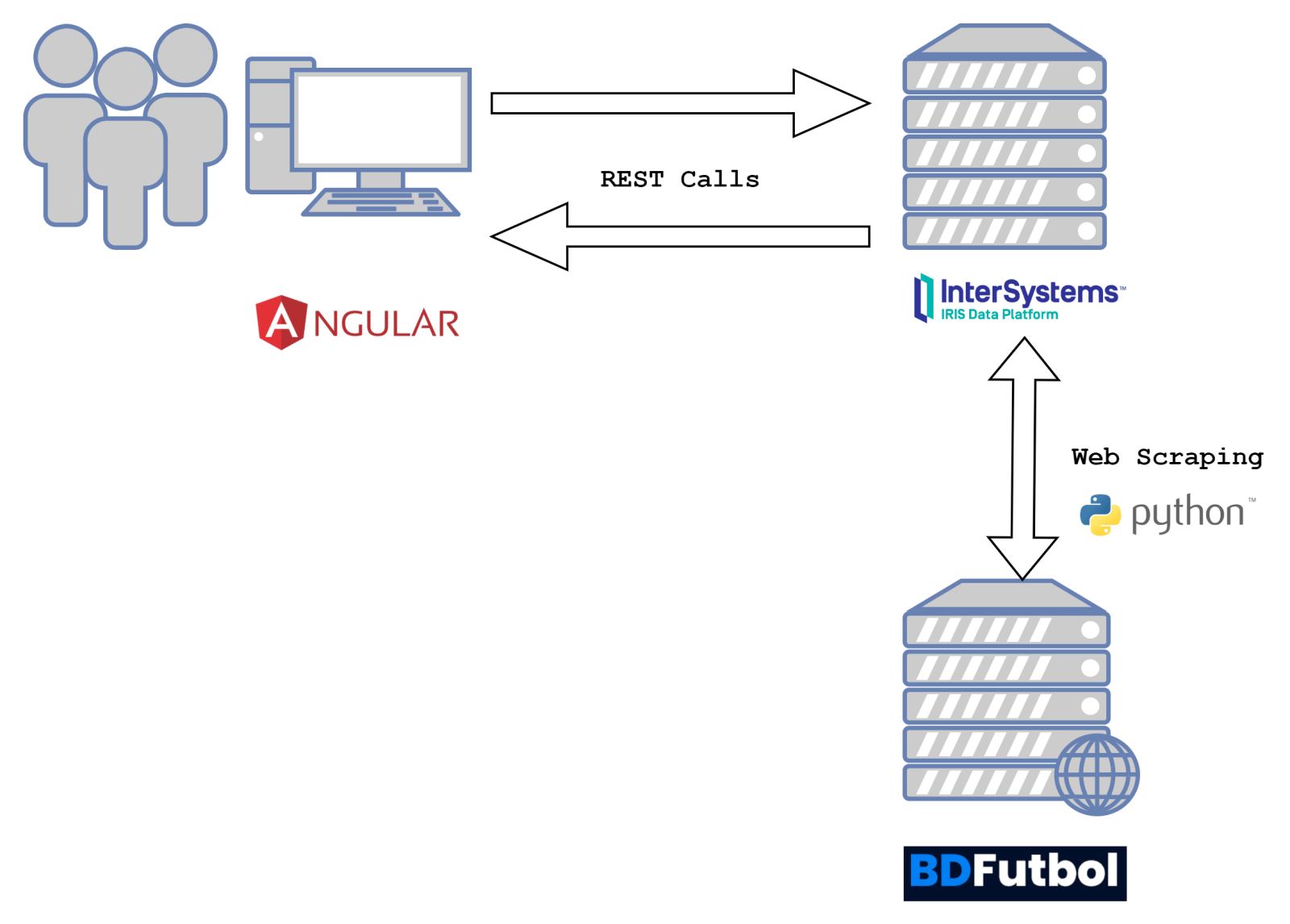Hey Intersystems Community,
I have a Problem with the Session Handling in .csp.
I wrote all my Web Services in .csp-Pages and do the work for example in the OnPreHttp Method for to get some data.
After that the Web Service response is in JSON.
I call These Web Services via fetch in my react Single Page application, also Many request parallel. The react App is Rolled out as index.html.
Everything Works Fine with the session Handling via Cookie.





.png)
